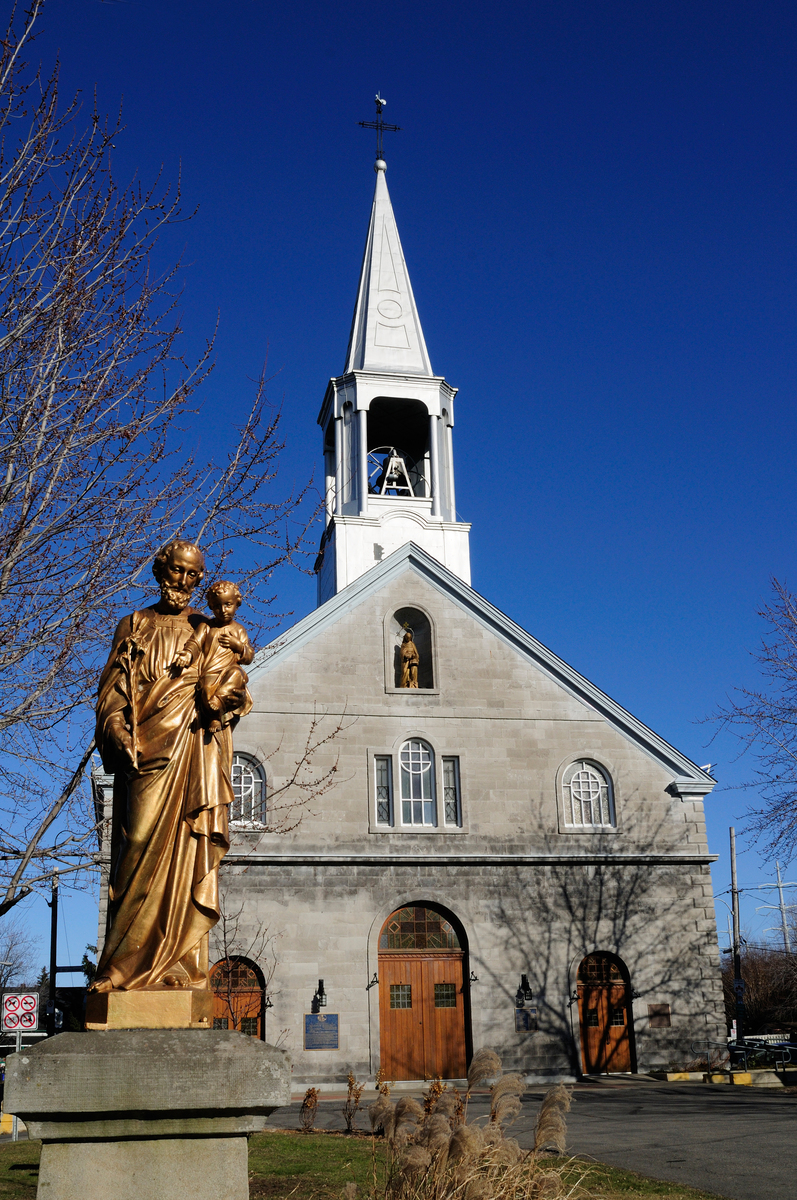171, rue Sainte-Anne, Sainte-Anne-de-Bellevue
At the request Georges Fidèle Octave Chèvrefils, parish priest of Sainte-Anne-de-Bellevue from 1858-1903, the Congregation of Notre-Dame accepted the direction of a new teaching house in the village of Sainte-Anne-de-Bellevue. The sacristy adjoining the old church, converted into a school since 1858, serves as a residence. The school year begins September 6, 1895; 97 girls are enrolled.
On February 22, 1900, the sisters moved into a new, larger school, built on the site of the old church. The first 8 boarders were welcomed in 1908 while the convent had 186 schoolgirls. In the early 1930s, there were 35 boarders among the 221 students enrolled. In 1935, the Congregation purchased the neighboring residence : it was converted into an annex school and allowed the organization of classes thaught in English. On January 26, 1962, the Sainte-Anne-de-Bellevue School Board centralized education at École Saint-Georges, near Senneville. The boarding house closed its doors and the convent becomes a place of residence for the teaching nuns as well as a rest and holiday home for the sisters of the Congregation. In 1975, the convent was sold to the city and the convent was transformed into socio-cultural center, then into housing for the elderly.
Text adapted from Croire et Vouloir







.jpg)
